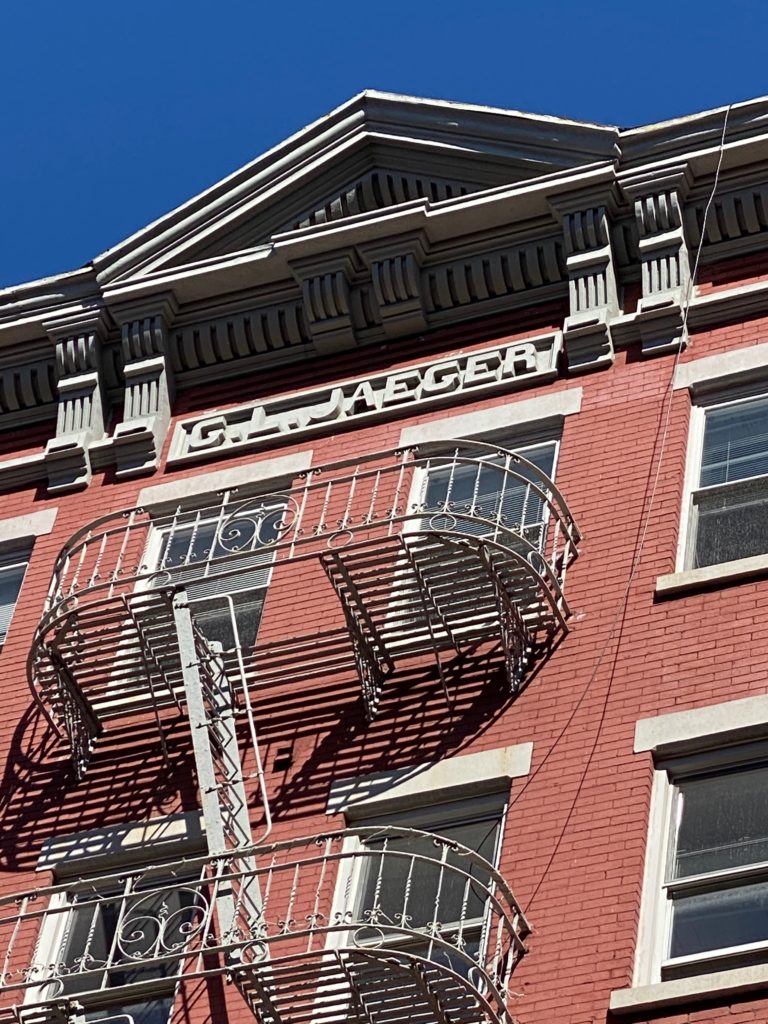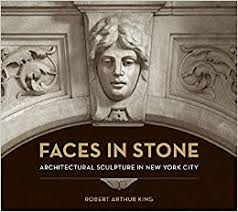LESPI Newsletter Summer 2020

What’s Next for 70 Mulberry Street
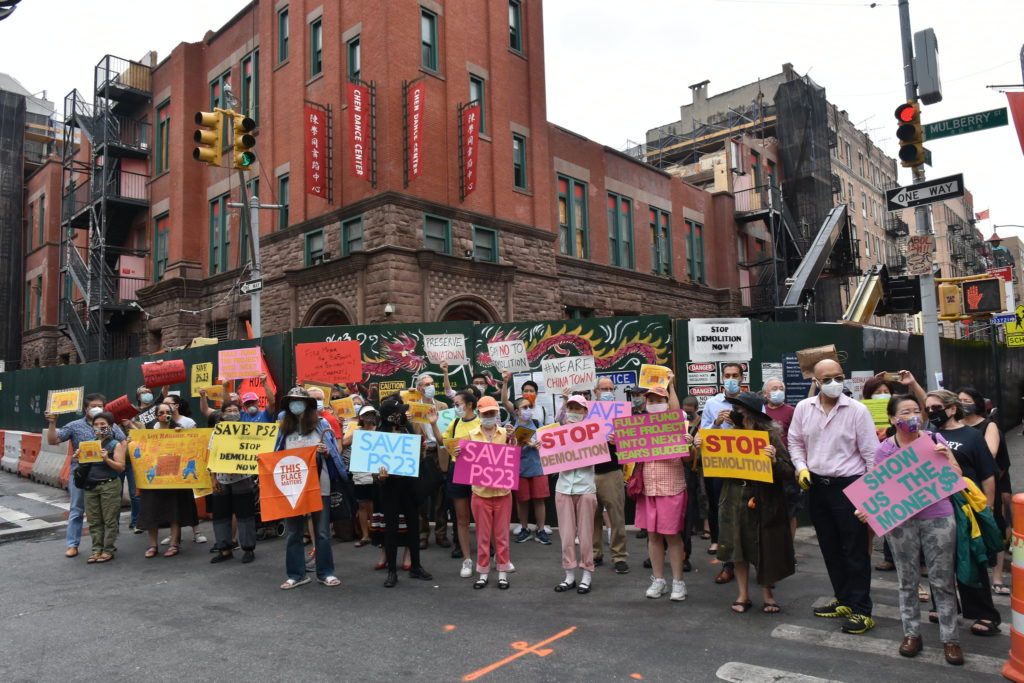
June 27 protest at 70 Mulberry Street. Photo: Corky Lee. 
LESPI’s Richard Moses addressing the protest crowd. Photo: Corky Lee.
Lately things have been looking up for the fire- and demolition-ravaged 70 Mulberry Street. However, there’s still a question as to whether or not the City will restore and reconstruct the building’s exterior, or if it will decide to construct a mostly new building/tower. As perhaps the most important historic structure in Chinatown’s historic core, it’s essential that the City respects both the building’s architecture and its history.
On the very positive side, Mayor de Blasio has promised $80M for the rebuilding. A committee will be formed, including community members, to plan the building’s future. We believe that our elected officials have finally heard the many people who spoke for restoration, in the form of our mass letter writing campaign; impassioned June 27 protest (organized by Karlin Chan, Think!Chinatown and LESPI); and Town Hall and Community Board 3 meetings, with testimonies by LESPI and our allied organizations and individuals.
Nevertheless, now it’s time for the right decisions to be made on the restored building’s final design. In this light, LESPI has asked the local elected officials to:
- Stop the ongoing demolition of the exterior walls, without delay.
- Prepare a preservation plan, by a qualified, independent preservation architect.
- Include preservationists on the committee to plan the building’s future.
We’ll keep you posted. Thank you to everyone who protested, sent letters, and testified in favor or preservation! If you haven’t yet sent a letter, you can do so HERE.

Archival view of building exterior. Photo: archives.nyc 
Archival view of PS 23 classroom. Photo: archives.nyc.
Art Deco East River Park Structures Now Deemed National Register Eligible!
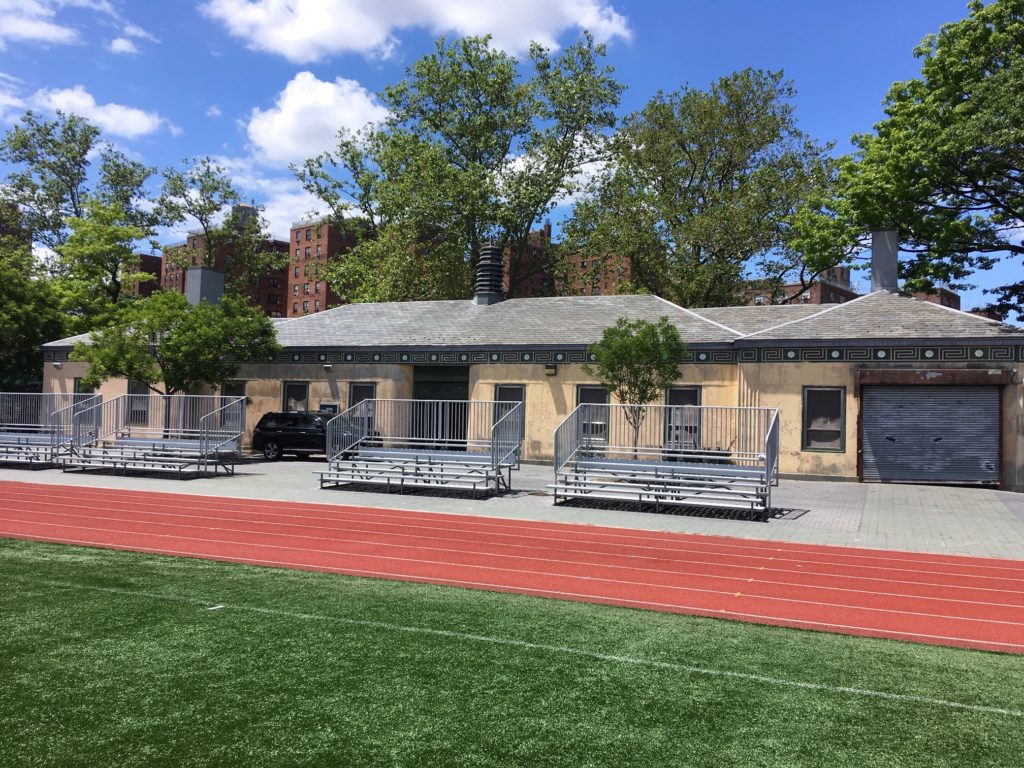
East River Park’s Track House 
Archival View of East River Park.
Some excellent news: based on LESPI’s submission, the NY State Historic Preservation Office has determined that the East River Park’s Track House and Tennis Center Comfort Station are eligible for the State / National Register of Historic Places.
The two Art Deco / WPA Moderne buildings were built in 1938, during the construction of the park. The original materials – limestone cladding, polychromatic terra cotta, slate tile roofs, and glazed ceramic wall tiles on the interior – remain very much intact. Much of the terra cotta ornamentation, including stylized fish, vegetation and water, recall the area’s shipbuilding and maritime heritage. The buildings are fine examples of this period and style, not commonly found on the Lower East Side.
LESPI Board Member Deborah Wye, who researched the buildings’ histories for the submission, noted “I was very excited to discover these buildings were designed by Aymar Embury II, lead architect for Robert Moses in the 1930s. Embury’s remarkable attention to detail, even for strictly utilitarian structures, is clearly evident in these two Art Deco gems.”
As actual State / National Register listing – as opposed to eligibility – requires owner approval, the SHPO is now reaching out to the City to discuss next steps. We’ll keep you posted. And thank you to all the organizations that submitted letters of support!
LESPI Surveys Little Italy
June 13 was a beautiful day to perform an architectural survey, and LESPI volunteers Richard Moses and Nick Rozzi were happy to start LESPI’s survey and mapping of Little Italy’s intact historic architecture and streetscapes.
Although we definitely missed the hustle and bustle of the pre-coronavirus neighborhood, we did see some wonderful buildings and ornament. At the same time, Nick added a fascinating human dimension to the architecture by sharing his neighborhood family history, which goes back several generations. We expect to complete our survey and mapping by the end of the summer.
Giving through AmazonSmile
We love small local businesses. But if you happen to shop at Amazon, you can choose AmazonSmile, which will donate a percentage of each sale to the charity of your choice – we hope you’ll pick Lower East Side Preservation Initiative (LESPI)!
“America’s First Freedom Rider: Elizabeth Jennings” Book Talk July 16

Elizabeth Jennings 
Mid-19th century New York
| On July 16, 1854, Elizabeth Jennings, a determined young Black schoolteacher, was twice thrown off a “whites only” streetcar. Jennings made history by suing the streetcar company—successfully—in a high profile lawsuit that foreshadowed Rosa Parks’ battle to integrate mass transit a hundred years later. What makes history visible? Jennings’ obscured history may soon become newly visible when, by 2022, there will be a statue by Grand Central Station in her honor. Alas, the streetscape that could have commemorated Jennings is long gone. On that hot July day, she was running late for church, the First Colored Congregational Church at 23-25 East Sixth Street, off Second Avenue, where she was the organist and choir conductor. Today, that plaque-less spot is 228 East Sixth Street, with an 1890 tenement supplanting the demolished church. Thanks to a new book, Jennings’ history and also the church, are newly visible. America’s First Freedom Rider: Elizabeth Jennings, Chester A. Arthur, and the Early Fight for Civil Rights, by Jerry Mikorenda, is rich in detail. Mikorenda describes the fury of Jennings’ congregation, who immediately held a meeting at the church denouncing Jennings’ treatment, resolving to sue, and committing to the media outreach to make her case a cause célèbre. Led by Jennings’ abolitionist father, an affluent tailor who was the first Black American to secure a patent (for a dry cleaning method), the church meeting effectively launched the Legal Rights Association, the Black-led organization backing litigation for social change decades before the NAACP existed. Mikorenda’s tale also encompasses the story of Jennings’ abolitionist attorney, a young man relatively new to the law. Years later, Chester A. Arthur was president. Please join us on the anniversary of Elizabeth Jennings’ fateful refusal to be denied civil rights. On Thursday, July 16 at 6 pm LESPI and Bowery Alliance of Neighbors will sponsor a Zoom virtual book talk with author Jerry Mikorenda. History is also made visible by the people who carry forth the legacy. And it turns out the awesome Jennings had a private as well as a public legacy—she rescued three children from the Colored Orphans Asylum. Introducing Jerry Mikorenda will be Courtney Bowie, the great-great-grand-daughter of Desiderata Wright Gonzalez, who was rescued by Jennings. Bowie’s family continues to honor Jennings’ legacy, naming girls Elizabeth and rescuing children. You can watch this free Zoom event HERE. |


Park Row / Elizabeth Jennings Place. Photo: Courtney Bowie.
Faces in Stone Event July 29
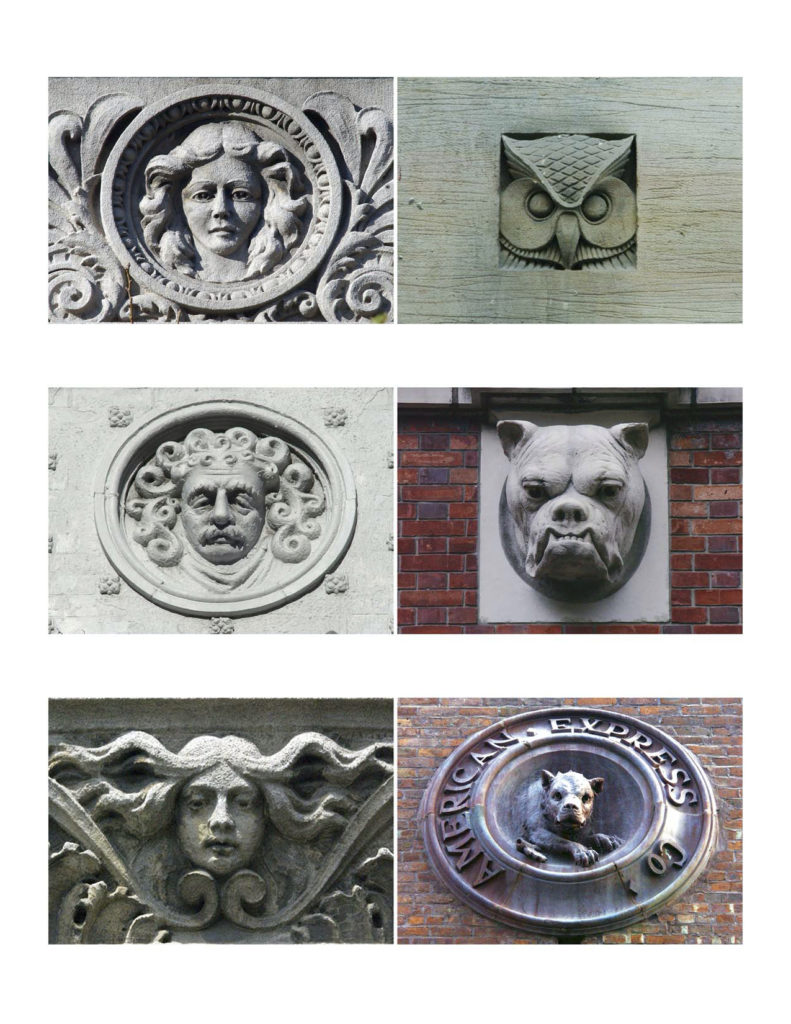
On Wednesday, July 29 architect and interior designer Robert Arthur King, and filmmaker Vivian Ducat will lead an online adventure to seek out the fantastical beings carved out of stone or molded in terra cotta, that enliven the facades of New York’s historic buildings. Mr. King is a man obsessed when it comes to gargoyles, grotesques, and other elements of building sculpture. His fascination with these often overlooked figures has resulted in the publication of three books: Faces in Stone; Animals in Stone; and Figures in Stone. The event will include a screening of Ms. Ducat’s documentary short, “Stonefaced,” and is a must for anyone who loves New York’s unique architecture.
Registration for this free Zoom event, which begins at 6:00PM, is HERE.
Rose Schneiderman, Women’s Suffrage, and the LES – Book Talk August 6

Rose Schneiderman. Image: PBS.org. 
Image: sites.google.com.
You may know that this August marks the hundredth anniversary of the passage of the 19th amendment giving U.S. women the vote, but did you know that the women of New York City—and yes, the Lower East Side—helped revive the women’s suffrage movement at the turn of the 20th century?
Rose Schneiderman, the red-haired, Polish-born, 90-pound, four-and-a-half foot firebrand orator who helped lead the 1909 shirtwaist workers’ strike was also a leading suffragist, crossing the country to give suffrage speeches. From 1905 to about 1910, she lived at 57-59 Second Avenue.
Schneiderman and her Lower East Side comrades brought trade union tactics and class consciousness to the national women’s suffrage movement. Indeed, her famous declaration that a working woman “must have bread, but she must have roses, too” prefaced an appeal to rally affluent Ohio women to the suffrage cause: “Help, you women of privilege, give her the ballot to fight with.”
Back home, at a Cooper Union debate, she poked fun at the fear that casting a ballot once a year would cause a woman to lose her delicacy, noting that occasional ballot-casting was less onerous than year-round work in a foundry or laundry.
The women’s suffrage movement was “intersectional”—crossing boundaries of race, class, ethnicity, geography, and gender—long before the word was invented to describe the aspirations of activists today.
Suffrage historian extraordinaire Susan Ware—consultant to PBS documentaries and Harvard University’s Schlesinger Library—celebrates that heterogeneous combustion of energy in her recent book, Why They Marched: Untold Stories of the Women Who Fought for the Right to Vote.
Please join LESPI on Thursday, August 6th at 6 pm for a Zoom book talk with Dr. Ware, who will discuss Rose Schneiderman—and the startling breadth and diversity of the movement that won women the vote.
You can register for this free Zoom event HERE.
LESPI’S FIRST TWO “VIRTUAL” LOWER EAST SIDE TOURS FOR LES HISTORY MONTH
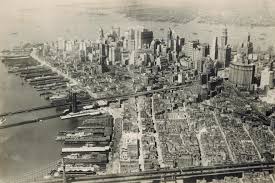
The Lower East Side. 
Al Smith and family at home on Oliver St.
Historic Lower East Side Tour
On May 26, LESPI, along with the Historic Districts Council (HDC), led its first “virtual” tour of the historic Lower East Side. Urban historian and LESPI Board Member Barry Feldman “walked” us though the streets of the historic Lower East Side south of Delancey Street, pointing out the many lavishly ornamented tenements and other notable sites. The tour recounted the history of the era when the tenements were first built to accommodate a burgeoning Lower East Side population, the disparate needs of tenants and landlords clashed, and reformers challenged municipal complacency to improve housing and sanitary conditions.
Barry discussed how these historic streetscapes are still immensely vital for our urban environment, but that they’re disappearing fast. How much can the neighborhood change before it’s lost its special character and becomes unrecognizable, he posited.
LESPI and Friends of the Lower East Side, with assistance from HDC, have a proposal before the NYC Landmarks Preservation Commission to designate Lower East Side streets around the Tenement Museum as a NYC historic district, for their immense historic as well as architectural importance (see map and petition below). NYC landmark designation is the only practical way to protect these streetscapes. But with overdevelopment and insensitive alterations still threatening the LES, the LPC needs to act quickly before the neighborhood loses its special character.
Al Smith / Oliver Street Historic Neighborhood Tour
On May 28, LESPI ran its second “virtual” Lower East Side walking tour, this time of former Governor Al Smith’s old neighborhood in the blocks around Oliver Street, just east of Chinatown’s historic core.
The tour focussed on Alfred E. Smith (1873-1944), who was four-time Governor of New York and Democratic Presidential candidate, running against Herbert Hoover. Born and raised on the Lower East Side, he lived, went to school, and politicked there until he was over 50.
Deborah Wye, LESPI Board Member and former Museum of Modern Art curator, led a “virtual” tour that highlighted wonderful archival photographs of Smith, his family, and the neighborhood. We saw contemporary and historic views of the church where Smith was an altar boy, the school he attended before leaving at 14, and the house where he raised his family. We learned about his job at the nearby Fulton Fish Market and his political roots at the Downtown Tammany Club. As the New York Times noted, “Smith’s rise from newsboy and fishmonger had no parallel in U.S. history.” Al Smith would still recognize most of his old neighborhood today.
You can see a video of the Oliver Street Tour on YouTube HERE. A video of Barry Feldman’s LES tour will also be posted at LESPI’s YouTube site shortly.
Who We Are:
LESPI Board Member Deborah Wye

Too often, the public thinks of preservation organizations as mysterious entities with lives of their own. For this reason, we want to introduce you to our Board of Directors. Each newsletter shall highlight one Board member. For our Summer 2020 newsletter, we are highlighting Deborah Wye, a new, dynamic addition to our Board.
Deborah is a native of Boston but moved to New York in 1979. She initially lived on Forsyth Street on the Lower East Side. After moving with her family to Williamsburg for several years, she resettled in Stuyvesant Town.
Deborah worked for 40 years at The Museum of Modern Art (MoMa). Through those years, Deborah rose to Chief Curator of the Department of Prints and Illustrated Books. In her retirement, Deborah turned to a longstanding interest in New York City history and architecture. She has taken numerous courses on these subjects and especially enjoys walking tours. She and her husband had a house on City Island for many years. That sparked an interest in the landmark Orchard Beach Pavilion, which was in disrepair. She organized an exhibition on the Pavilion in honor of its 70th anniversary, held at the City Island Nautical Museum, and presented a series of lectures on this subject.
Her current focus is on the Lower East Side, particularly the Eastern Dispensary on Essex Street, East River Park, and the Oliver Street neighborhood of former New York Governor, Alfred E. Smith. When Deborah found LESPI it seemed a perfect fit, merging her love of New York City history and architecture. A recent example of this was Deborah’s LESPI Zoom presentation on Oliver Street and Alfred E. Smith’s history in the neighborhood (see article above).
In addition to her knowledge and expertise, Deborah brings a passion for preservation to LESPI. Thank you Deborah. We are indeed lucky to have you on our Board.
Sign LESPI’s Petition for a LES Historic District!

Join more than 2,500 people who have signed LESPI’s petition for a new Lower East Side historic district below Delancey Street, in the blocks around the Tenement Museum. This is one of the city’s and country’s most important communities, due to its unique immigration, artistic, cultural and architectural history, and the formidable role it has played in our city’s and nation’s development. The only way to protect the historic Lower East Side from complete demolition and redevelopment is city landmarking. Sign the petition HERE!
Buy the shirt!
Support LESPI and look good doing it with a LESPI t-shirt! All proceeds benefit LESPI’s work. Only $25 (including shipping and handling). Send a check made out to “LESPI/FCNY”, and send to LESPI, 93 Third Avenue, #1223, New York, NY 10003. Available in crew neck only; indicate which shirt and size (contact us at info@LESPI-nyc.org or 347-827-1846 with questions). Unfortunately we cannot offer returns or exchanges.

Great Reading!
LESPI’s books “East Village: Lens on the Lower East Side” and “Chinatown: Lens on the Lower East Side”are each fascinating histories of their respective historic communities, accompanied by the work of six boldly contemporary professional photographers who capture the areas’ special streetscapes, people and spirit. All contributors have ties to the local community. The East Village book is available at McNally Jackson on Prince Street and The Source on East 9th Street; the Chinatown book is available at Museum of Chinese in Americaon Centre Street, the Strand Bookstore on Broadway, Jackson McNally on Prince Street, and Pearl River Mart at Chelsea Market and Broadway in Tribeca. Due to COVID-19 please contact the store first to check availability.




